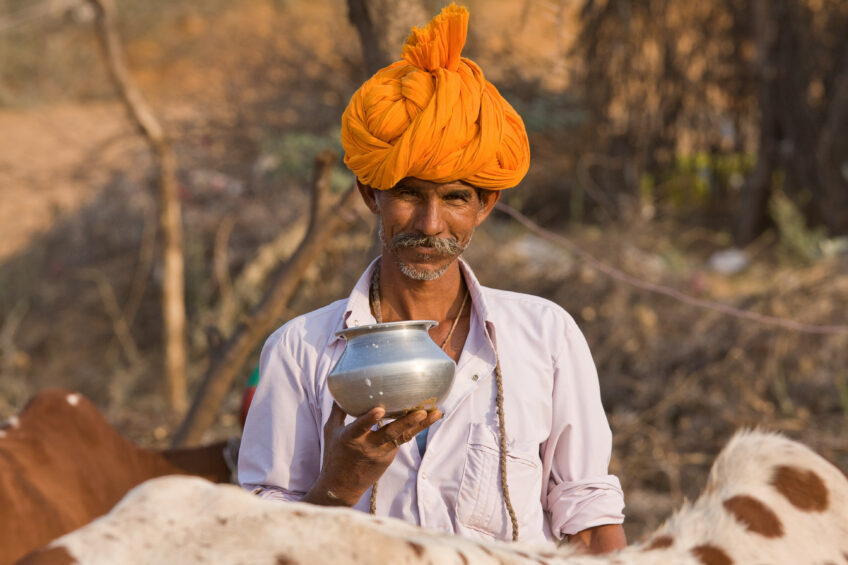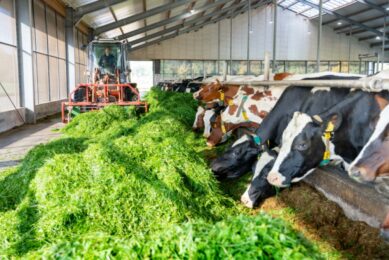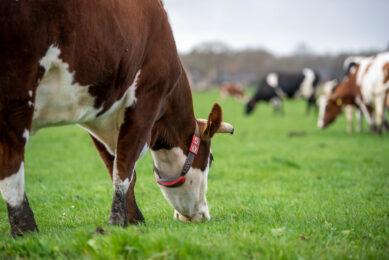Dairy farms in India become bigger

The farm structure in India is changing – the number of household farms with 1-5 milk animals declining, while family farm numbers with 10-50 dairy animals is constantly increasing.
These new insights were further discussed by Indian dairy experts and IFCN (the Dairy Research Network), to develop strategies for a successful dairy future in India.
Over 60 dairy-specialists from 40 dairy related organisations, including the Government of India GoI-DAHD and NDDB, as well as Indian-based companies such as ABT, Amul, CavinKare, Lactalis, Creamline, Dodla and Kemin gathered last week at a 2-day-conference in Chennai, India. The goal of this expert meeting: discuss ideas of how to develop sustainable family dairy farms in India with 10- 50 cows.

Number of farms with 10-50 cows is growing
Dr Torsten Hemme, Managing Director of the IFCN, stated at the beginning of the conference: “You can only improve what you can measure.” Therefore, facts about the Indian dairy market gave the fact basis for later discussion. Nowadays, 79% of the Indian cows live on farms with 1-5 cows. Just 20 years ago it was almost 84%. And the number of family farms with 10-50 cows is constantly growing; in some regions by up to 30% each year. The cost of milk production in India Punjab ranges between US$35-55 /100kg milk (24-38 INR/kg milk). Smaller farms with 2 dairy animals generate an income of about 200 INR/day which is currently half of the wage level in the region.
Lack of skills and farm management
For dairy development in India the participants summarised dairy specific key learnings. First, it is important to understand the competitive position of India from the actual global dairy perspective. Developing plans must be done with the global and international market in mind. Second, it is essential to look at the sustainability of the milk processing. And as a logical consequence, the sustainability of the farms is a prerequisite for the sustainability of the processing industry.
A look back: India wants to double the domestic milk production by 2027. However, limited amount of fodder and the quality of concentrates are some of the hurdles to overcome. Read more
The growth in farm size is often a sign of better sustainability once salaries and off-farm employment opportunities arise. However, which criteria counts for a sustainable system is up to the farmers to decide. One of the bottlenecks in dairy development, the representatives of dairy companies and government stated, is still the lack of skills and farm management. Government and private actors should together initiate training programmes, to improve farmers’ general management of the farm, its operation and milk production.
Building the services and infrastructure
Anders Fagerberg, chairman of the IFCN Board, concluded the conference by saying: “Farmers will have to take the leadership role in ensuring the future prospects of their farm. We therefore have to enable them for this role and build the services and infrastructure required. For the time being India is mainly focused on economic sustainability but environmental and social aspects, such as next generation, land and feed accessibility and animal management will become more important in the future.”
[Source: IFCN]
Join 13,000+ subscribers
Subscribe to our newsletter to stay updated about all the need-to-know content in the dairy sector, two times a week.










